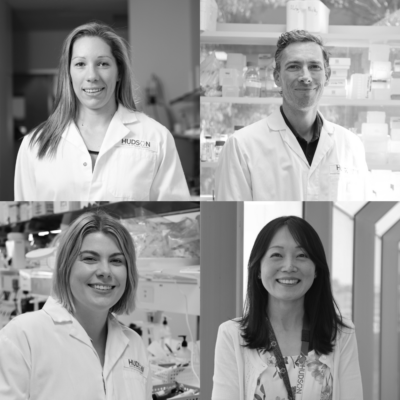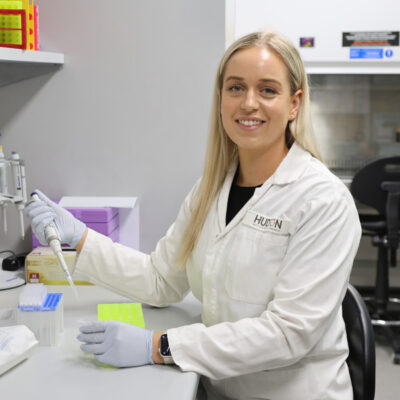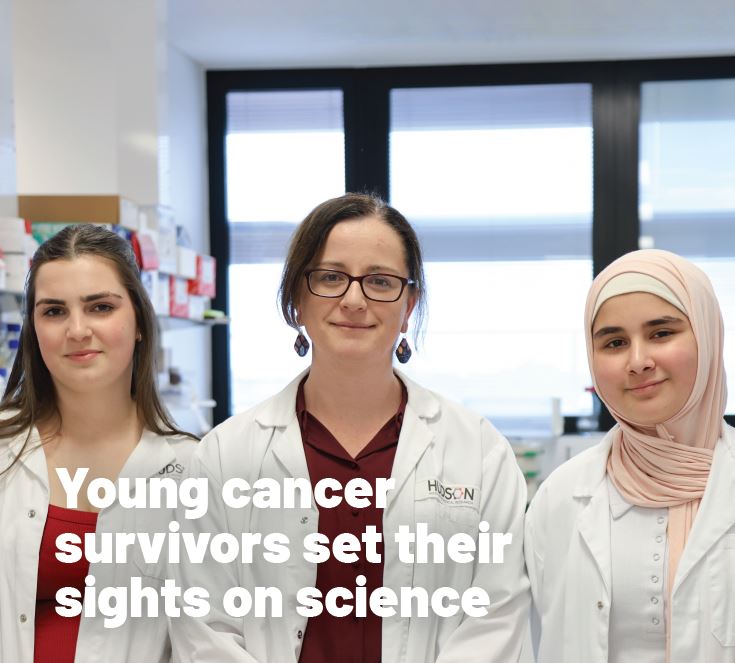Cerebral palsy community consulted on stem cell treatment
By Rob Clancy, staff writer. Reviewed by Dr Courtney McDonald
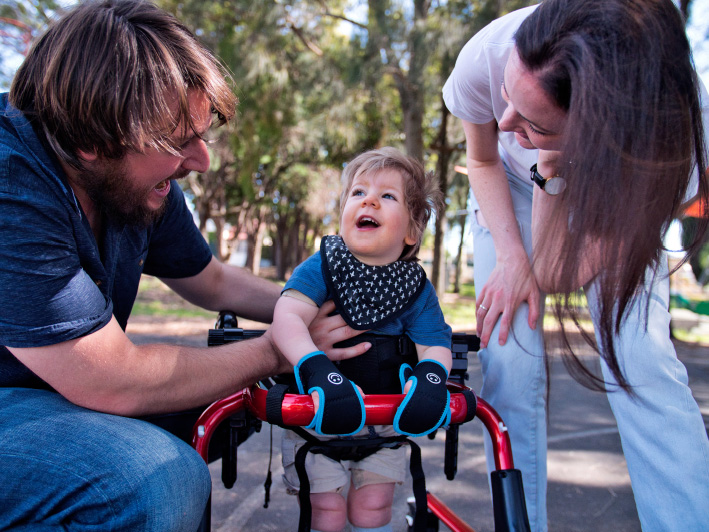
Exploring the boundaries of stem cell therapy, scientists consulted the cerebral palsy community to understand their perspectives.
Key points
- 232 members of the Australian cerebral palsy community were surveyed to assess the acceptability of neural stem cell (NSC) treatment for cerebral palsy.
- NSC treatment involves administering stem cells directly into the brain via neurosurgery, along with immunosuppressants to prevent rejection, which presents significant ethical and practical considerations.
- Survey results indicated that the cerebral palsy community finds it an acceptable potential therapy.
Dr Courtney McDonald and Dr Madeleine Smith, in collaboration with researchers at the Cerebral Palsy Alliance, surveyed people in the Australian cerebral palsy community to better understand the acceptability of NSC treatment.
They distributed an online survey and received responses from 232 Australians with cerebral palsy, their parents and/or carers.
Cerebral palsy: no known cure
Cerebral palsy is the most common physical disability of childhood and currently has no known cure. Researchers at Hudson Institute of Medical Research have been investigating neural stem cell (NSC) treatment for cerebral palsy, but not without considering important ethical and practical considerations for the use of NSCs.
Stem cell therapies: treatment for cerebral palsy
Various stem cell therapies are currently being explored for the treatment of cerebral palsy, including some in clinical trials. Advancing stem cell research is a priority for the cerebral palsy community and neural stem cells offer potential as a future regenerative treatment.
Cerebral palsy community consulted
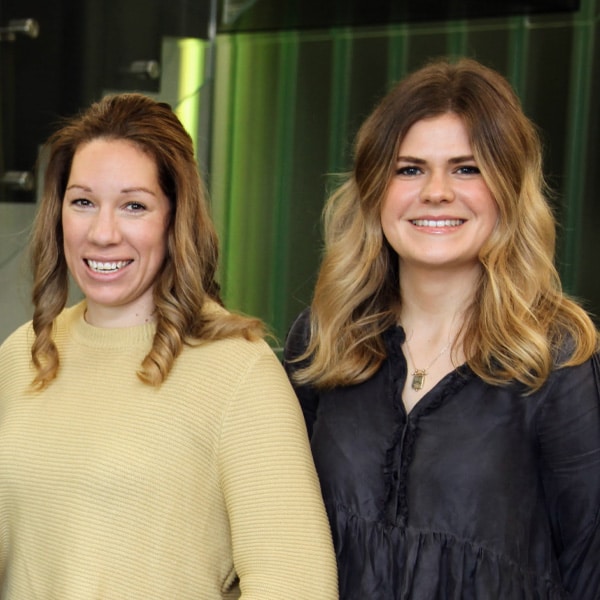
The researcher’s rationale was that it’s much better to engage with the community early in their research, rather than down the track, during clinical implementation.
“NSC treatment for cerebral palsy is complex, and researchers need to consider the therapeutic source of NSCs and how they are administered as a treatment.,” Dr Smith said. “For instance, NSCs need to be administered directly into the brain via neurosurgery in order to replaced damaged brain cells. Another significant factor is that they can be obtained from both adult donors as well as embryonic and fetal sources.”
This procedure also needs to be accompanied by strong drugs, called immunosuppressants, that help to ensure the NSCs stay in the brain and are not rejected by the body. However, both the invasiveness of neurosurgery and the use of these drugs present treatment risks.
“Via a research survey, we wanted to better understand, given all the complexities, if NSC treatment for cerebral palsy is an acceptable treatment.” Dr Smith said.
Lived experience vital to research
Natasha Garrity, Research Assistant at Cerebral Palsy Alliance Research Institute and Co-Chair of the CPA Stem Cell Reference Group, welcomed this research as an important opportunity for people living with cerebral palsy and their families to provide their perspectives.
“It is critically important to respect the lived experience of the people with CP receiving this potential treatment and the views of their support network. By involving consumer stakeholders early on in the research process, the treatment can both be better understood by the community and targeted to the groups that are willing to use the treatment option,” she said.
“Cerebral Palsy Alliance is committed to and passionate about involving people with a disability and their families in research for the benefit of researchers, clinicians and the CP community.”
“Overall, the survey results showed that NSC therapy is deemed acceptable in the community,” Dr Smith said. “Even with the known complexities of neurosurgery and the need to use immune suppressing drugs.”
Insights inform future research
“The survey also provided important insights into community expectations of NSC treatment – there was some hesitancy reported, which is to be expected and we can learn from the various opinions in the community to inform our future research.”
Some responses from survey participants are listed below (Anonymous participant quotes)
- “If my brother can help himself get ready or be able to transport himself even a little bit without assistance from the family, that would be great.”
- “I’d love to be able to have better days than worse days. To wake up with no pain.”
- “It would mean inclusion. And validation to her that she is a valuable asset. Currently she is spoken over, ignored, or spoken down to.”
The findings from this study informs the work that scientists are conducting in the lab so that new treatments are acceptable to the cerebral palsy community. Additionally, this study is a great example of how early collaboration could aid in moving towards timely treatments for the people that need it the most.
WHAT IS CEREBRAL PALSY?
Every 20 hours, an infant in Australia is born with a brain injury that underlies cerebral palsy. Most often injury to the brain occurs during pregnancy; however, it may also occur during childbirth or shortly after birth. Cerebral palsy affects muscle tone, movement and motor skills. It is caused by abnormal development or damage to the parts of the brain that control movement, balance and posture.
Early diagnosis and intervention in children with cerebral palsy is critical for maximising their potential.
Collaborators | Monash University, Cerebral Palsy Alliance Research Institute, University of Sydney
Journal | Stem Cell Research & Therapy
Title | Acceptability of neural stem cell therapy for cerebral palsy: survey of the Australian cerebral palsy community
View publication | https://doi.org/10.1186/s13287-023-03246-2
In this article
About Hudson Institute
Hudson Institute’ s research programs deliver in three areas of medical need – inflammation, cancer, women’s and newborn health. More
Hudson News
Get the inside view on discoveries and patient stories
“Thank you Hudson Institute researchers. Your work brings such hope to all women with ovarian cancer knowing that potentially women in the future won't have to go through what we have!”


